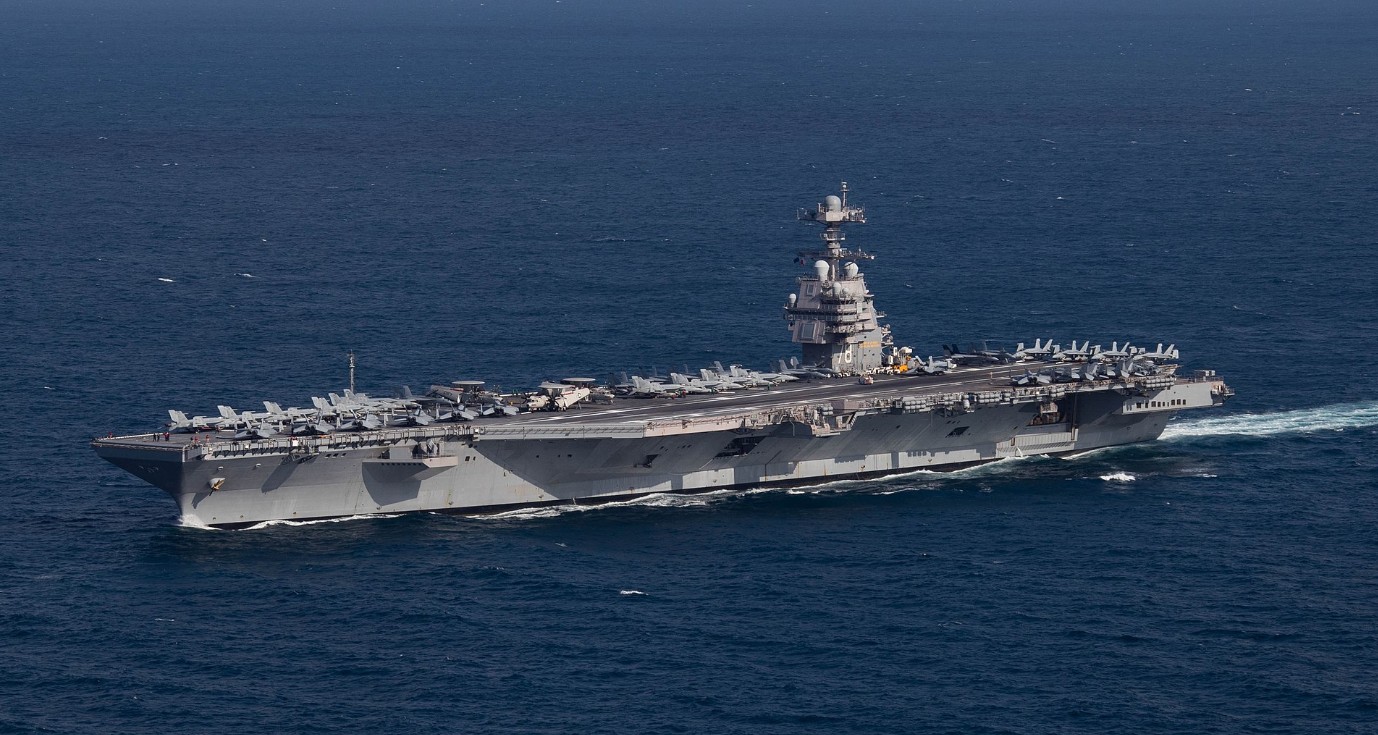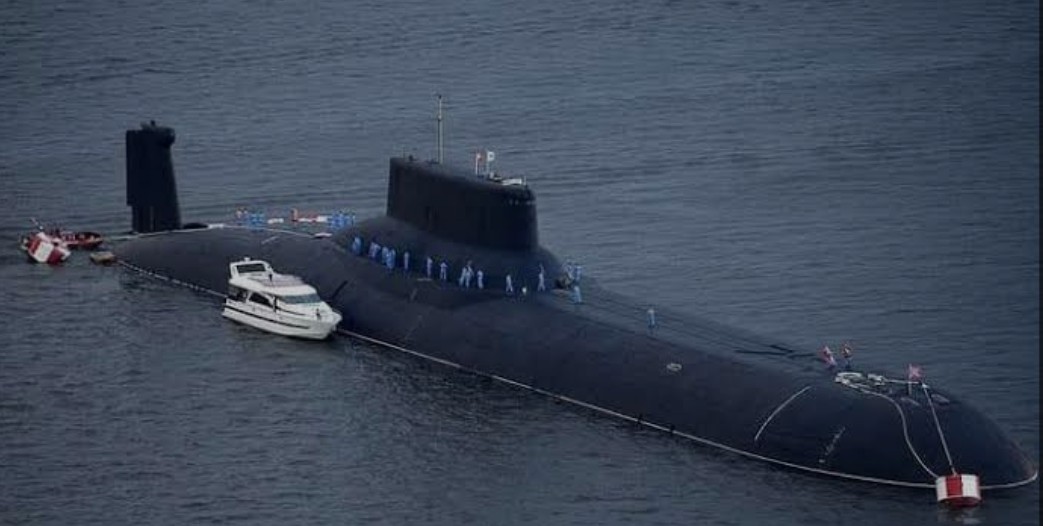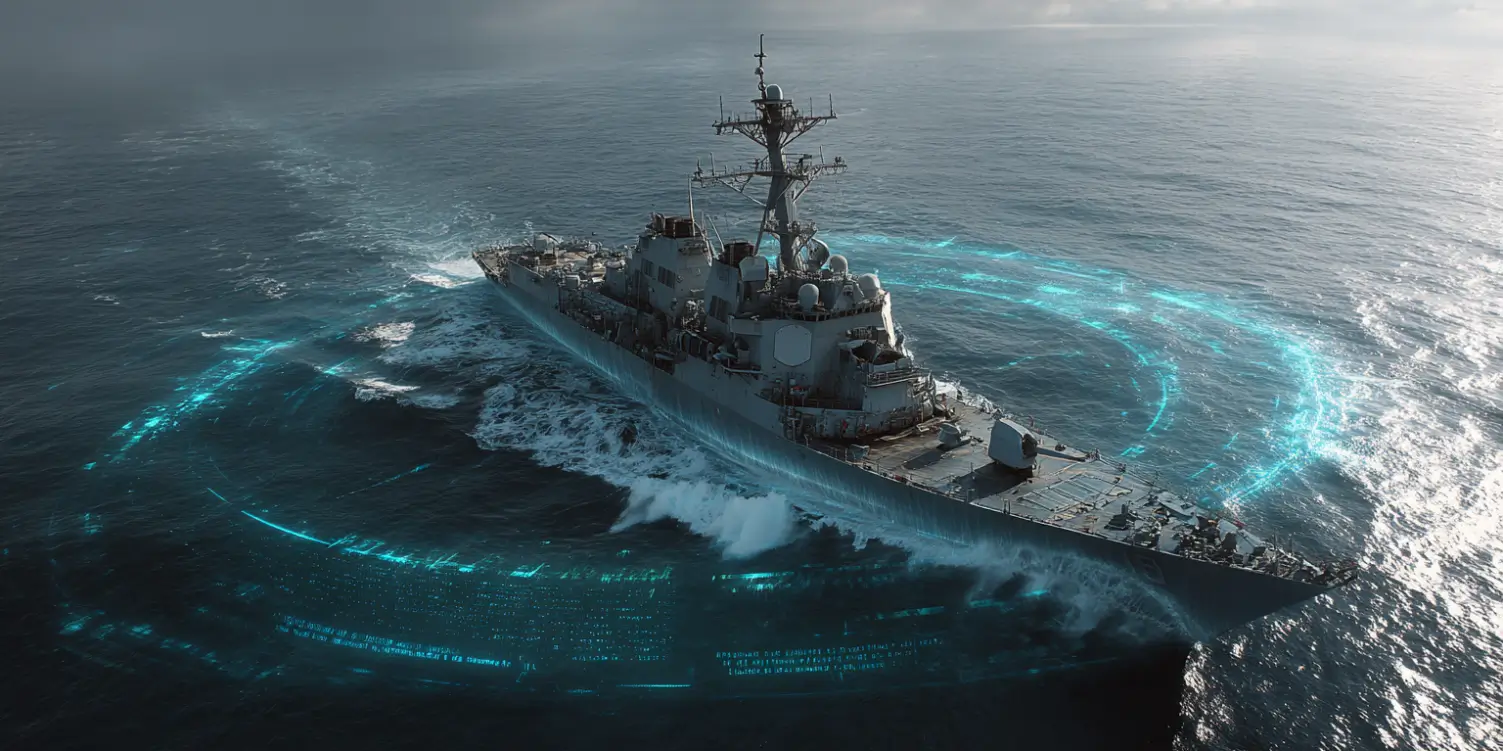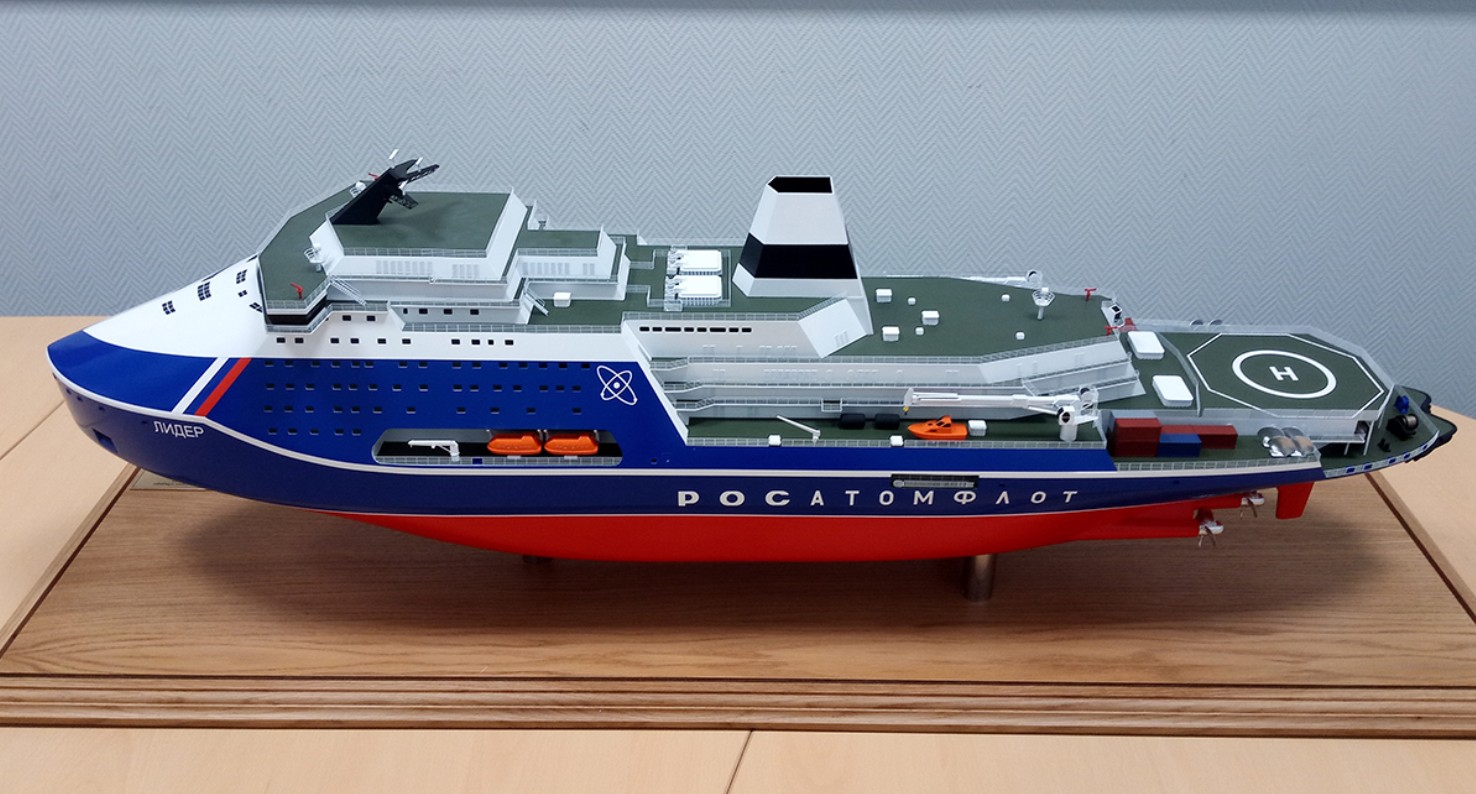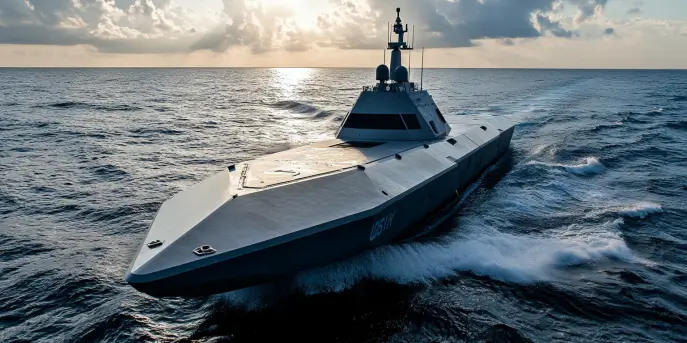The Heart of Naval Dominance: The Aircraft Carrier
Aircraft carriers are often viewed as the crown jewels of a nation’s naval capabilities. These massive seafaring vessels are not only symbols of military strength but they also represent a nation’s ability to project power globally. At the center of a carrier strike group, an aircraft carrier acts as a mobile airbase, capable of launching and recovering aircraft even in the most remote parts of the world.
The carrier is equipped with various systems for command and control, housing a plethora of technologies that facilitate onboard operations. The flight deck is a hive of activity, with aircraft taking off and landing constantly, managed by skilled personnel who ensure seamless transitions between these high-stakes operations.
Composition of a Carrier Strike Group
A carrier strike group (CSG) is much more than just an aircraft carrier; it is a complex network of ships, aircraft, and personnel that work together to achieve strategic objectives. Typically, a CSG includes:
- Destroyers and Cruisers: These vessels provide escort duties and are equipped with advanced missile systems to fend off aerial and surface threats.
- Submarines: Often silent and stealthy, submarines in the group primarily offer anti-submarine warfare (ASW) protection.
- Supply Ships: These vessels ensure the logistical needs of the CSG are met, supplying everything from food and fuel to parts for repairs.
This composite setup ensures a balanced capability of offensive and defensive tactics, maximizing the strike group’s effectiveness in a wide range of military operations.
Operational Range and Self-Sufficiency
A naval carrier strike group is designed for sustained operations away from home ports. The mobility of a CSG is unparalleled; it can navigate vast oceans, reaching critical areas of interest swiftly. The group’s logistical vessels provide the necessary support in terms of fuel and supplies, enabling prolonged deployments far from bases.
The self-sufficiency built into these groups allows them to operate autonomously for months. It encompasses everything from food supplies to medical facilities. Moreover, the support vessels are continually working in the background to ensure the carrier’s power projection is never compromised by logistical shortcomings.
Power Projection and Strategic Importance
The primary role of a carrier strike group is to project power throughout the globe. This power projection is facilitated by the carrier’s ability to deploy air assets over adversary territories and act as a deterrent to potential threats. Its presence alone is often enough to maintain peace in unstable regions.
Carrier strike groups act as a forward-deployed force, showing the flag and creating a visible military presence that underscores diplomatic engagements. In contentious maritime regions, such as the South China Sea or the Persian Gulf, a CSG can provide immediate responses to threats or natural disasters, showcasing both military might and humanitarian assistance capabilities.
Technological Advancements and Modernization
Modern carrier strike groups are continually evolving to meet new challenges. The introduction of newer technologies like unmanned aerial vehicles (UAVs), advanced radar systems, and improved communication facilities mean that today’s CSGs are more potent than ever. The incorporation of these technologies ensures they remain effective against increasing electronic warfare and cyber threats.
| Component | Description |
|---|---|
| Aircraft Carrier | Serves as the central platform for air operations. |
| Destroyers | Provide defense against surface and air threats. |
| Submarines | Conduct stealth operations and anti-submarine warfare. |
| Supply Ships | Offer logistical support, ensuring supplies and fuel are available. |
The Human Element
Despite the impressive technology and hardware, it is the personnel who operate the CSG that bring it to life. Skilled sailors, pilots, engineers, and support staff work tirelessly, often building a resilient community while at sea. Their commitment and ability to adapt to changing situations play a pivotal role in the success of missions.
The training regime for these individuals is rigorous, ensuring they are well-prepared for the demanding life at sea. This preparation is critical not just for operational effectiveness but also for maintaining morale on long deployments.
A Global Force for Peace and Security
The existence of a naval carrier strike group transcends traditional warfare; it represents a strategic element in global politics. These groups enable countries to respond flexibly to international incidents, offering a robust offensive capability, deterrence, and humanitarian aid when required.
Through their mere presence, carrier strike groups contribute significantly to global stability, reinforcing national interests and aiding in diplomatic efforts worldwide. As they continue to evolve with technological advancements, their role will undoubtedly remain vital in shaping international relations and maintaining peace and security around the globe.

